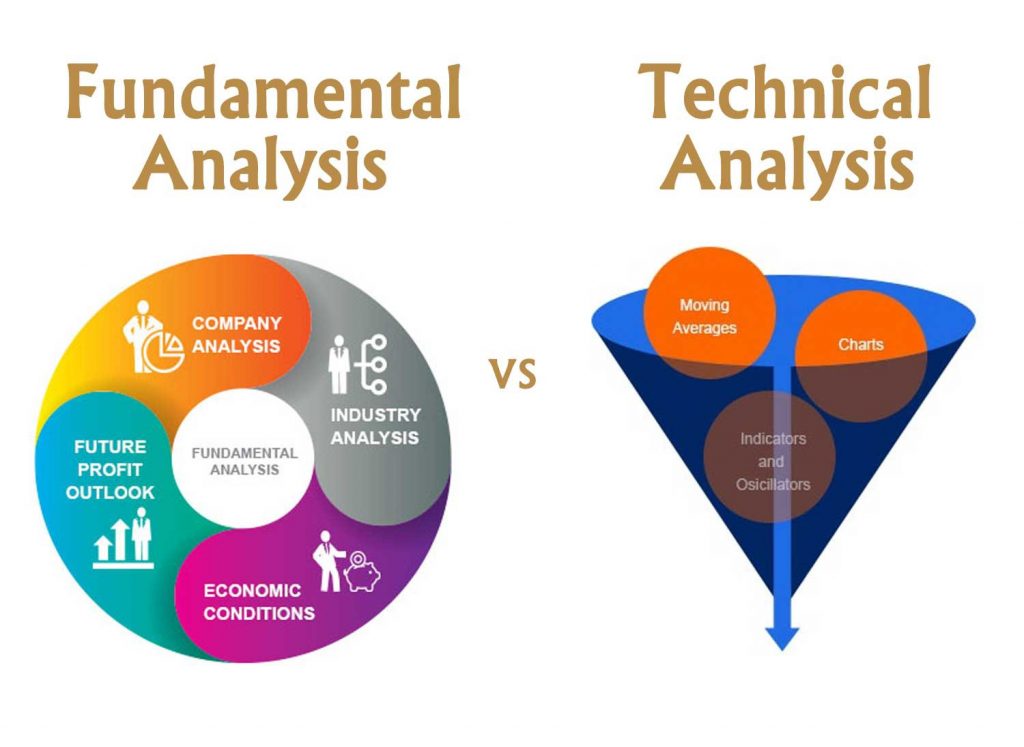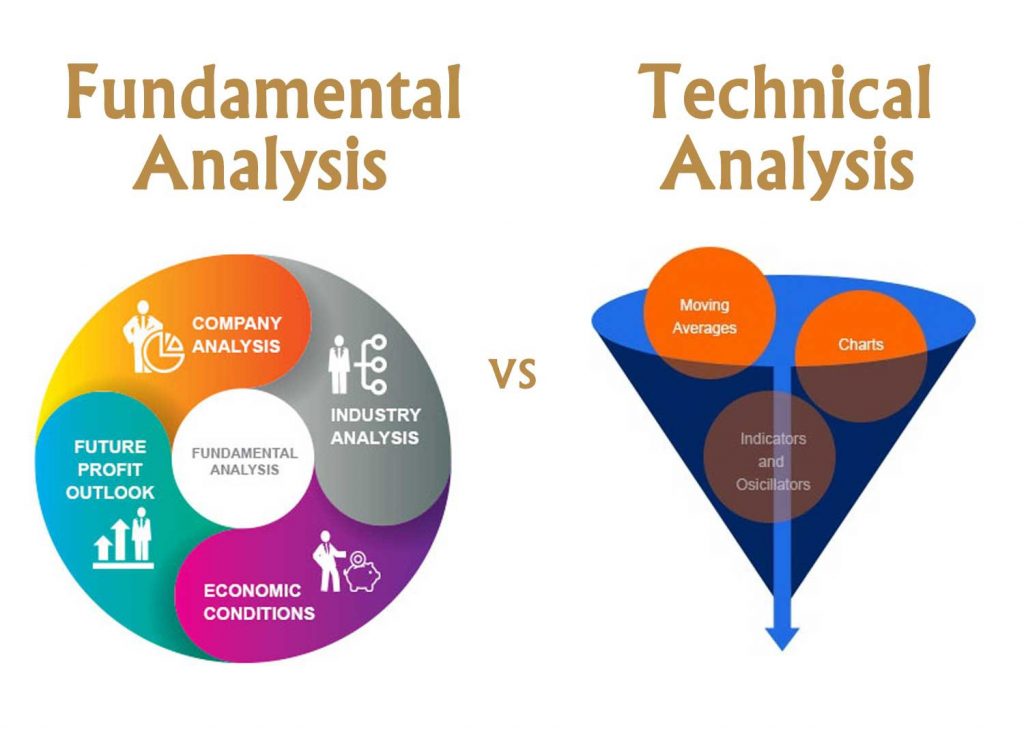
Cryptocurrency Investment Strategies for the Long Haul
The world of cryptocurrency has undergone a significant shift in recent years. Gone are the days of short-term trading strategies that sought to capitalize on high volatility and sudden momentum shifts. Today, institutional investors and individual investors alike are thinking long-term, and that’s good news for everyone.
Long-term Thinking in Crypto Investing
As the cryptocurrency market continues to mature, investors are increasingly looking for ways to make crypto a part of their long-term, well-diversified portfolios. This shift in thinking is a welcome development, and it’s an exciting time for individual investors.
Strategy 1: Buy-and-Hold Investing
One of the most straightforward approaches to crypto investing is the buy-and-hold strategy. This involves finding a cryptocurrency you like and holding on to it for the long haul. The thinking here is that many top cryptocurrencies will appreciate greatly over the long term, even if they’re prone to high volatility in the short term.
“The key here, though, is to commit to a long holding period.” - Cathie Wood, ARK Invest
Bitcoin, the largest cryptocurrency in the world with a $1.3 trillion market cap, is often the first crypto that both individual and institutional investors buy. And for good reason. Over the past decade, it has been one of the best-performing assets in the world. According to Cathie Wood, if you’re willing to hold on to your Bitcoin for at least five years, you’re likely to make substantial gains.
Bitcoin’s price chart over the past decade
Strategy 2: Dollar-Cost Averaging
A related crypto strategy is dollar-cost averaging. While the buy-and-hold approach typically implies a single large purchase, a dollar-cost averaging strategy involves a series of smaller, recurring purchases.
The key idea here is that you commit to buying a set dollar amount of a particular cryptocurrency on a regular basis, regardless of market conditions. For example, you might decide to buy $100 worth of Bitcoin every month.
 Dollar-cost averaging can help you invest consistently
Dollar-cost averaging can help you invest consistently
Strategy 3: ETFs for Diversification
Lastly, exchange-traded funds (ETFs) could be an effective way to diversify a long-term cryptocurrency portfolio. They’re particularly popular with investors who prefer not to invest directly in the crypto market.
The new spot Bitcoin ETFs, for example, are a way to invest in the digital currency the same way you would invest in tech stocks. Two of the most popular spot Bitcoin ETFs right now are the iShares Bitcoin Trust (NASDAQ: IBIT) and the Fidelity Wise Origin Bitcoin Fund (NYSEMKT: FBTC).
 ETFs can provide broad exposure to the crypto market
ETFs can provide broad exposure to the crypto market
Keeping a Long-term Focus
Just remember that it’s essential to keep a long-term focus when investing in crypto. It’s easy to get distracted by the latest meme coins or short-term momentum plays. By following one of the strategies outlined above, you can avoid this and focus on creating a long-term, well-diversified portfolio that builds real wealth.
 Stay focused on the long-term
Stay focused on the long-term















